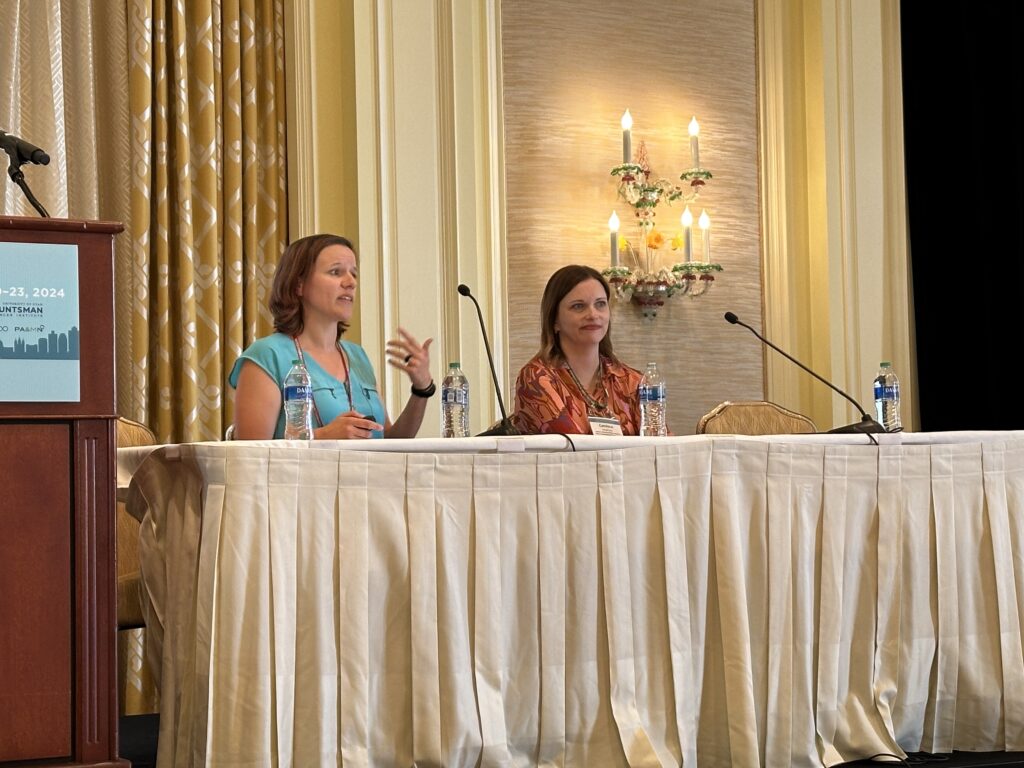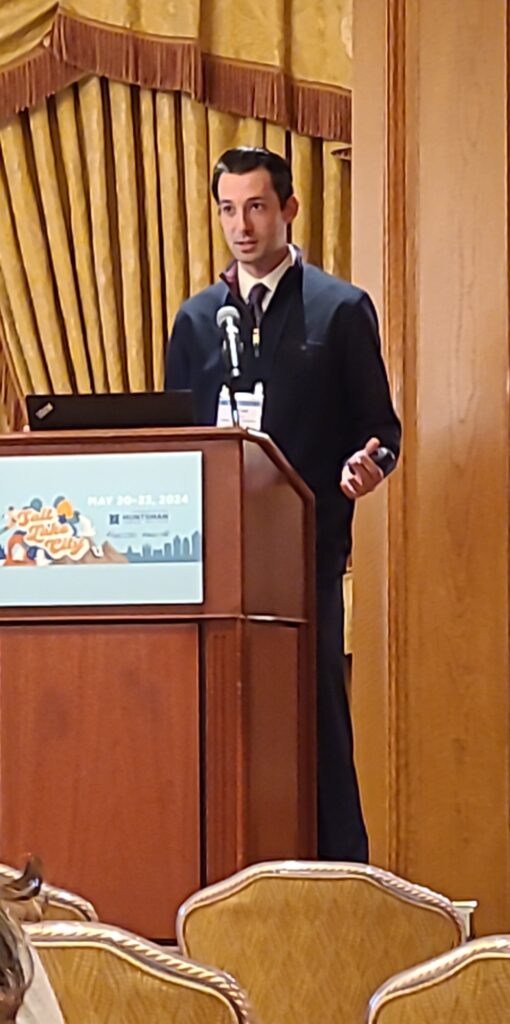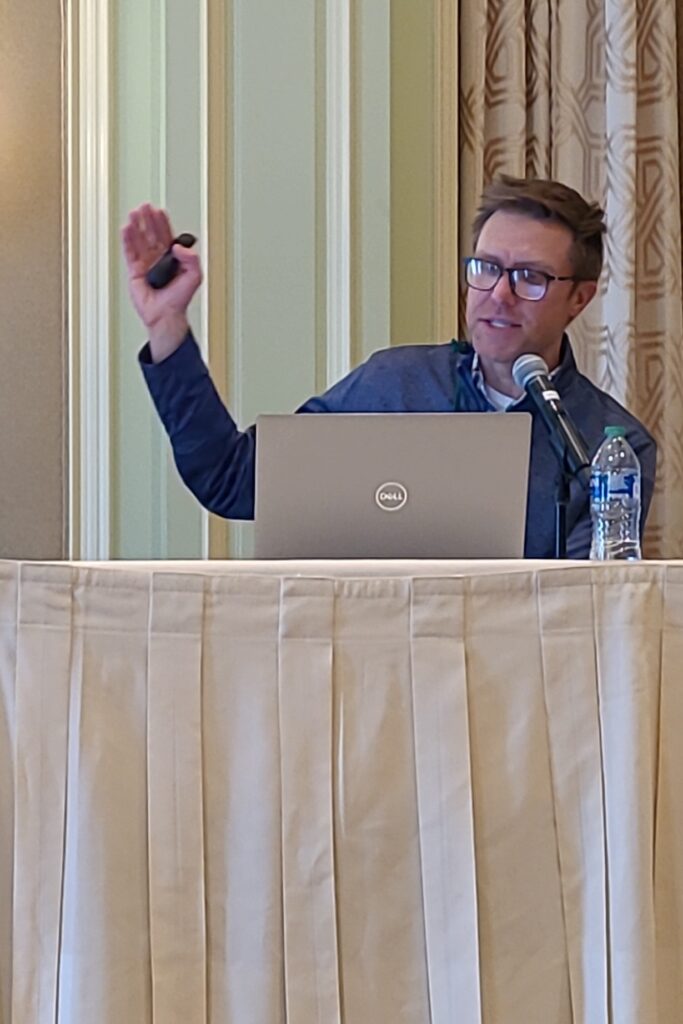
Mariah Obiedzinski Tang
May 28, 2024
The roles of content marketing and public relations are narrowing, and this is a good thing. PR and content teams are working smarter, teaming up in hospitals and research institutions nationwide to deliver more SEO-charged, relevant, and compelling stories targeted intentionally to specific audiences—prospective students, trainees, patients, donors, and journalists.

Both content marketing and PR center on building relationships with the media and with specific audiences. Both require smart distribution, such as placement in quality publications and media outlets, as well as gaining high-ranking search engine and social media mindshare.
These teams also have a platform in common—the institution’s blog or website press room—that makes it easy for journalists to pick up stories and general audiences to connect with your content.
Candace Gwaltney, Associate Director of Communications of Indiana University Melvin and Bren Simon Comprehensive Cancer Center, and I shared the stage at the NACCDO-PAMN Annual Conference to provide insights into how PR and content teams can successfully make this shift to:
Content—how to do it well and at scale—was a hot topic at NACCDO-PAMN, and every other conference we’ve attended this year. Here are highlights from our presentation and insights from other institutions’ sessions.

When pitching to reporters, Michael Perchick from ABC-11 in North Carolina says there are three factors to consider before clicking “send”:
Reporters typically work on same-day stories with tight deadlines. Providing access to timely, impactful content significantly increases the chances that they’ll pick up your story, said former journalist Taylor Lisenby who is now the Digital Communications Manager at UNC Lineberger Comprehensive Cancer Center.
For optimal results, Michael suggests that you contact the journalist through their preferred communication channel before their morning editorial meeting and be prepared to respond quickly to any follow-up questions or requests.

“Doing SEO” well is a long game. It can take search engines a few days or weeks to crawl your site and start the SERP ranking process for new content.
Dan Cave of Roswell Park Comprehensive Cancer Center says SEO is a mix of immediacy, long-term planning, and detective work. You can’t control Google, but you CAN control your website content. Put on your SEO detective hat and check:
Dan also notes that search intent matters more than closely matching nonspecific keywords like “cancer” in your content. So, your site might not rank for a single, broad term. But if you do SEO well—by continually optimizing your content—you’ll rank for what really matters: The who, why, where, and how.
Look for gaps in user experience with search intent as a guidepost to optimize content and/or consider a strategic SEM campaign. For example, if people are searching “ovarian cancer treatment near me” but you haven’t created content to serve that intentional search, that’s a missed opportunity.
When content and PR teams collaborate, you can create a main “hub” story once and strategically share it with all your audiences—including journalists—across multiple platforms.
In our presentation, Candace and I shared best practices for collaborating between content marketing and PR teams:
When you follow these basics, you can use a single story in multiple ways, reducing SME time and resulting in more strategic storytelling and media outreach across your teams. Here’s an example of how IU Simon tells effective, SEO-rich stories at scale:

Strategic MarComm efforts can help draw attention to service lines not currently in the spotlight for a full multimedia campaign.
Tadd Pullin, Senior Vice President of Institutional Affairs and Chief Brand and Communications Officer of UT MD Anderson Cancer Center suggested these owned media tactics to raise brand awareness, attract earned media, and show internal clients attention without overtaxing your MarComm team:
These individual strategies are most effective where they overlap, Tad said. If you aren’t at the table, he continued, you’re on the menu. If you take a single story and run it through these channels, you’ll be more likely to reach your marcomm goals and prevent being subsumed by the competition.
Strategic storytelling combines elements of SEO, PR, and content marketing best practices. One cohesive story can reach journalists, donors, and prospective patients or trainees effectively.
Content has the most impact when it incorporates a mix of earned, owned, and paid media. It’s at this overlap where the magic happens. When you unite these strategies, you create a powerful blend that boosts your message, enhances your visibility, and captivates your audience.
Ready to talk strategy? Email Mariah Obiedzinski Tang to discuss your content, SEO, and digital storytelling goals.